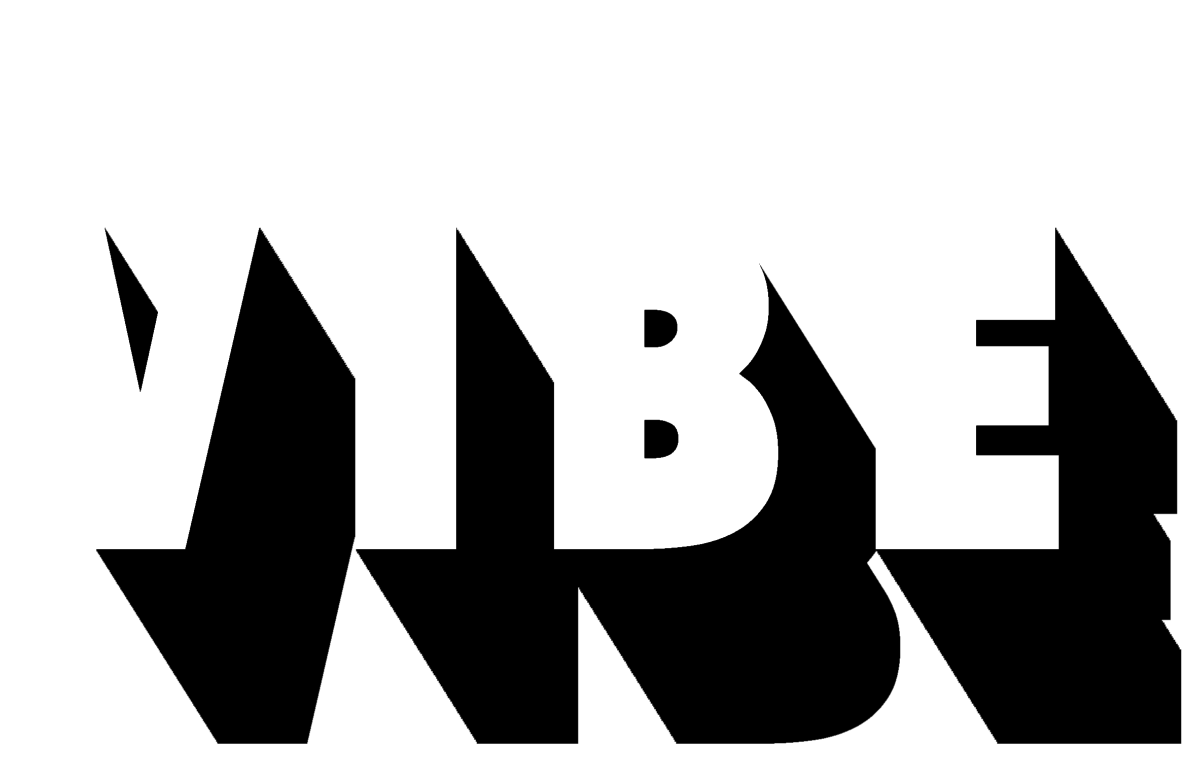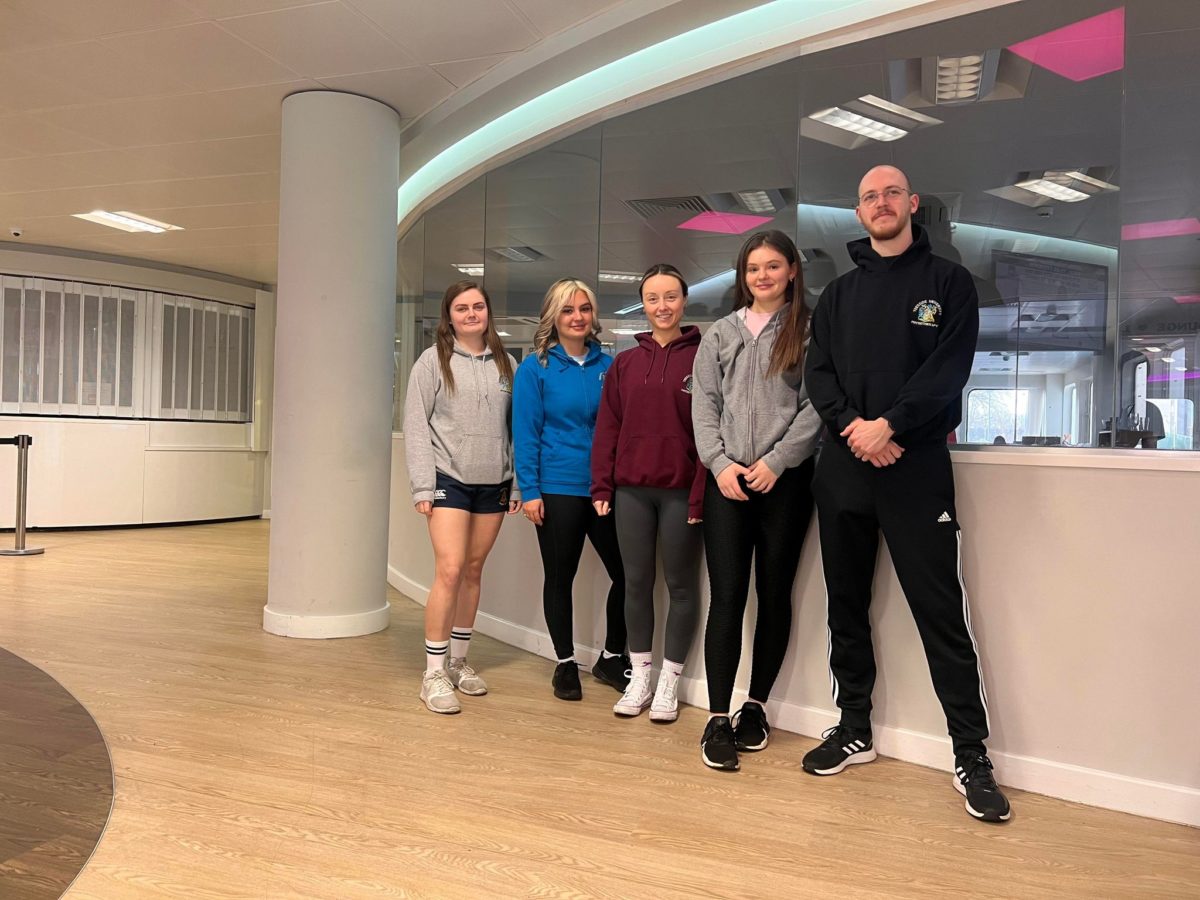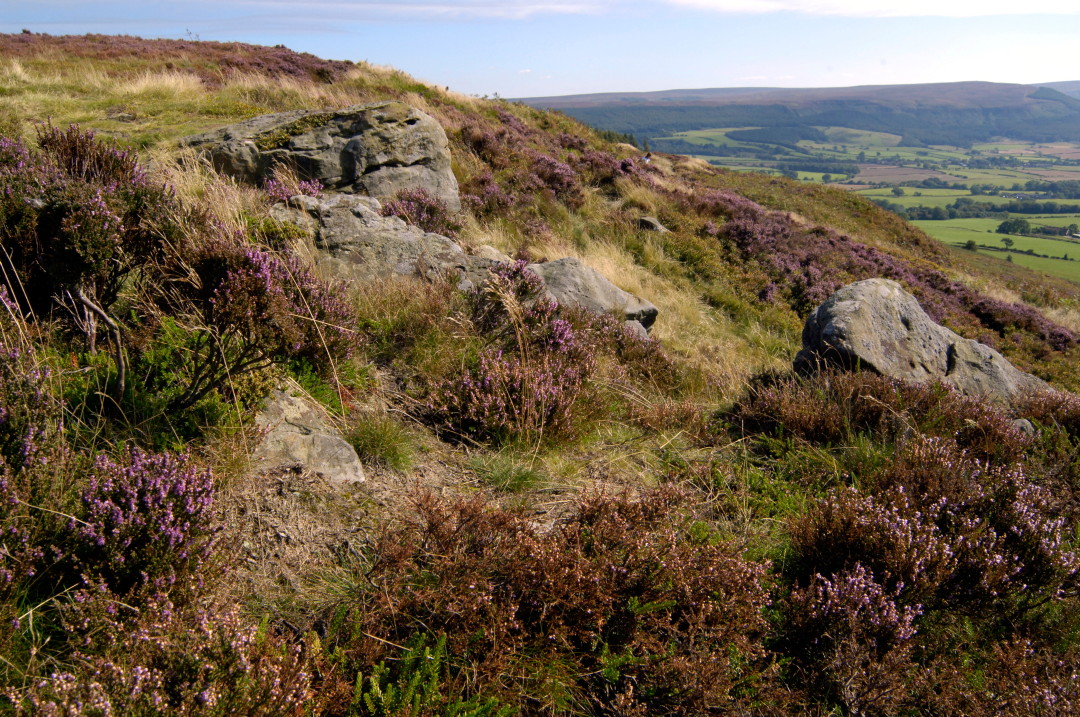Blended project working
Whilst studying health care, we learn in different settings and are assessed through a variety of methods, one being placement.
Placements don’t just mean working in hospitals, they can also be schools, assisted living, prisons, and care homes to name a few. Service improvement is another, and that’s what we are doing.
We are a group of five undergraduate physiotherapy students gathering evidence from non-hospital placement settings, with the end goal being to improve them by presenting an educational pictorial alongside recommendations. It is a blended project working alongside five graphic design students allowing us to utilise our skills across both the School of Health and Life Sciences and the School of Art and Design. Our evidence comes from students, educators, professionals and a variety of secondary sources too.
Getting started
With just five weeks to do this, we had to be strict on time management and delegate tasks among the project team. On day one we were unsure of what to expect, being a new type of placement, there was not much pre-reading but our induction day with the EELE (Enabling Effective Learning Environment) team on campus enlightened us to the task.
It was meeting after meeting for the first week, lots of email correspondence and developing our networking skills to create future opportunities. We sent out a questionnaire to collect thoughts from students about their placements which were also accessible via QR code. The week finished with us researching design briefs so we could present our information to the graphics team in a concise document.
Our experience
After the induction in week one, we began to find our feet and formulate a clear agenda and goals and who to approach in order to further our research. To begin with, we found it quite strange to have so much free rein on a graded placement although it was motivating to know the ownness to succeed was solely on us. We had so many ideas of different platforms we could use to research and how we would do so. We were all very enthusiastic about the project as we began to organise our own meetings and gather research methodically. It was enjoyable managing our own work and in hindsight, these organisational skills were good practice for when we qualify and have our own patient caseload.
Within week three we continued with meetings to further our understanding and research for the pictorial. This included speaking to social care, the CSP (Chartered Society of Physiotherapists) and students going into a GP placement. All the information we had been gathering was key for when we spoke and collaborated with graphic design students, who were able to put our visions to light. The team was lucky enough to be invited to visit HMYOI Deerbolt to see prison healthcare and grasp a better understanding of what a placement would look like for a student. Throughout the week we were supported by fellow teammates, the EELE team and university lecturers.
At the beginning of week four, the PIVO team was well into the groove of the placement and was firing on all cylinders. We were bouncing between multiple meetings with service providers we had arranged in the prior weeks and then further liaising with the graphics team. This week our entire team had been asked to speak in a CSP Northeast Webinar about the four fundamental pillars of clinical placement. It was an excellent experience opportunity on our service improvement placement.
Our final week was filled with excitement, we received the finalised pictorial produced by the graphics team and prepared to present our research process and findings from our five-week service improvement placement. We were pleased with the positive response from the university faculty taking interest in our project and look forward to seeing our pictorial around campus. We hope our work will make a difference in the attitudes and student experience whilst on placement. As a team, we have discovered how invaluable the experience has been and to always go into placements with an open mind.
By Melissa Geraghty-Shewan, Ellen Pinguey, Leah Morrow, Oliver Martin and Caitlin Clark.




